There is nothing quite like the blast of fresh citrusy scent that comes from slicing open a tangy tangerine or plump, ripe grapefruit. From light and tart lemons to sweet and sunshiney oranges, citrus fruits are one of the prominent fruit and vegetable categories worldwide – and for good reason! But for many years, a danger has been lurking on the surface of these coveted fruits.
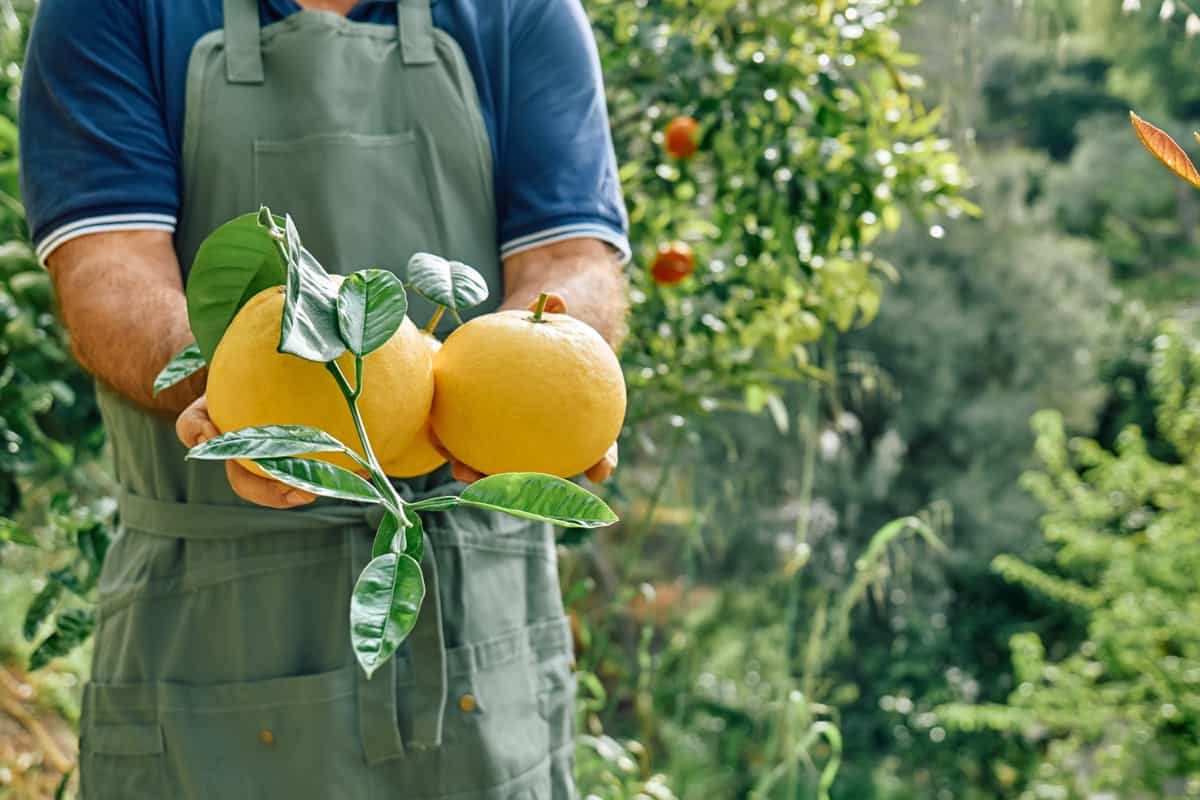
This invisible toxin has been used by industry to prevent post-harvest decay and ensure that citrus stays firm and colorful after picking, sorting, transporting, and being displayed in-store displays and on home countertops. FruitMag™ is an innovative, non-toxic solution developed by ICL Group to help improve the health of the environment and citrus consumers worldwide. Let’s first dive into the citrus market and its challenges.
The Importance of Citrus in our Day-to-Day Lives
Citrus fruits are used in many different ways around the world. From a fresh glass of orange juice with breakfast to a tangerine in a school lunch or a twist of lemon in iced tea, citrus fruits are a favorite of global consumers. Luckily, citrus fruits are also a healthy choice for consumers.
In case you missed it: Citrus Fertilizer Management: Nutrient Requirements and Application Schedule
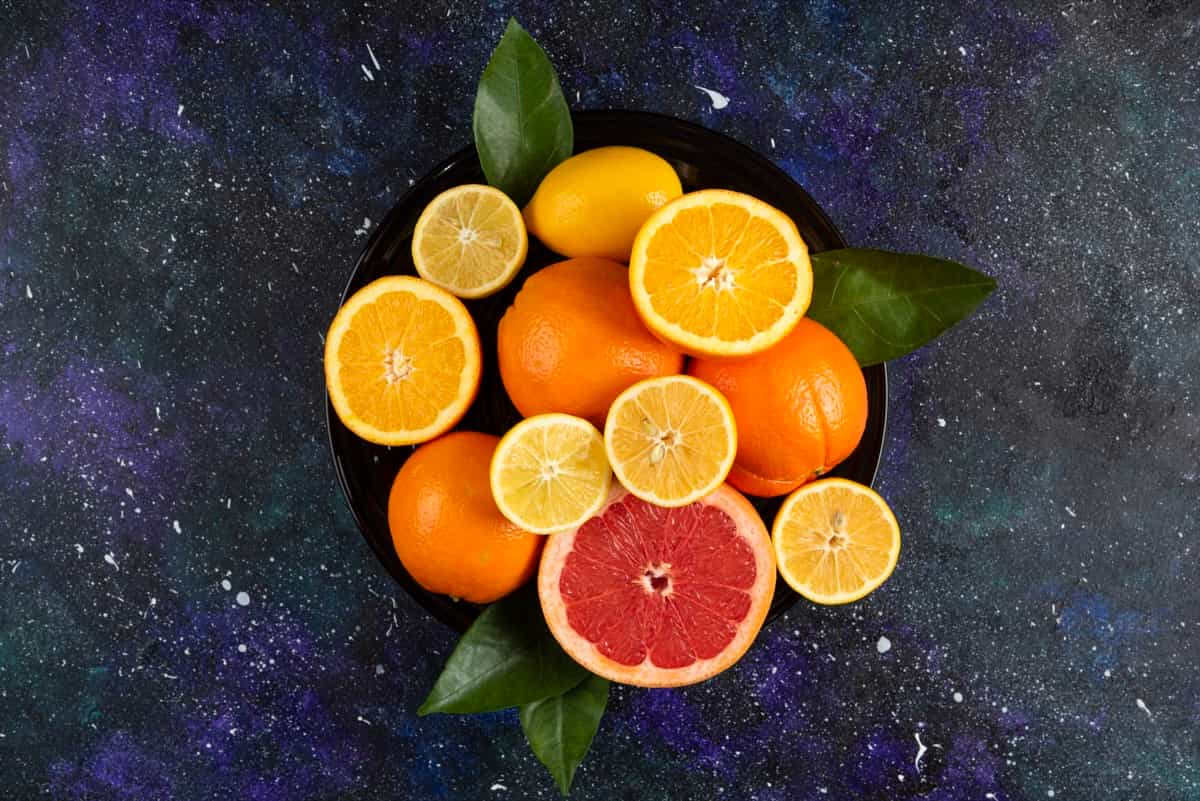
Citrus fruits are known for being an excellent source of vitamin C. Flavonoids are essential nutrients and are responsible for their bright colors and abundant aroma. Citrus fruits are also a great source of soluble and insoluble fibers, which reduce the risk of cardiovascular disease, improve blood sugar levels, and support the digestive system. Citrus fruits are a healthy home run.
Citrus Market Trends, Facts, and Figures
The citrus market is on the move, trending upwards, with growth over the last thirty years of 125%. Both citrus trade and production growth are slower than general fruit and vegetable sector growth, though it is still a leading category. Citrus fruits are grown in over 140 countries worldwide, though leading producers are China, Brazil, and the United States of America.
Around one third of citrus fruit produced globally is used for processing. Orange production in 2023/24 is forecasted to rise by 3% to 3.7 million tons. For 2023/24, global orange production is estimated to be up 48.8 million tons, and consumption and exports are both up with the higher production.
In case you missed it: How to Grow a Finger Lime Tree: Planting, Propagation, Care for Citrus Australasica/Caviar Lime
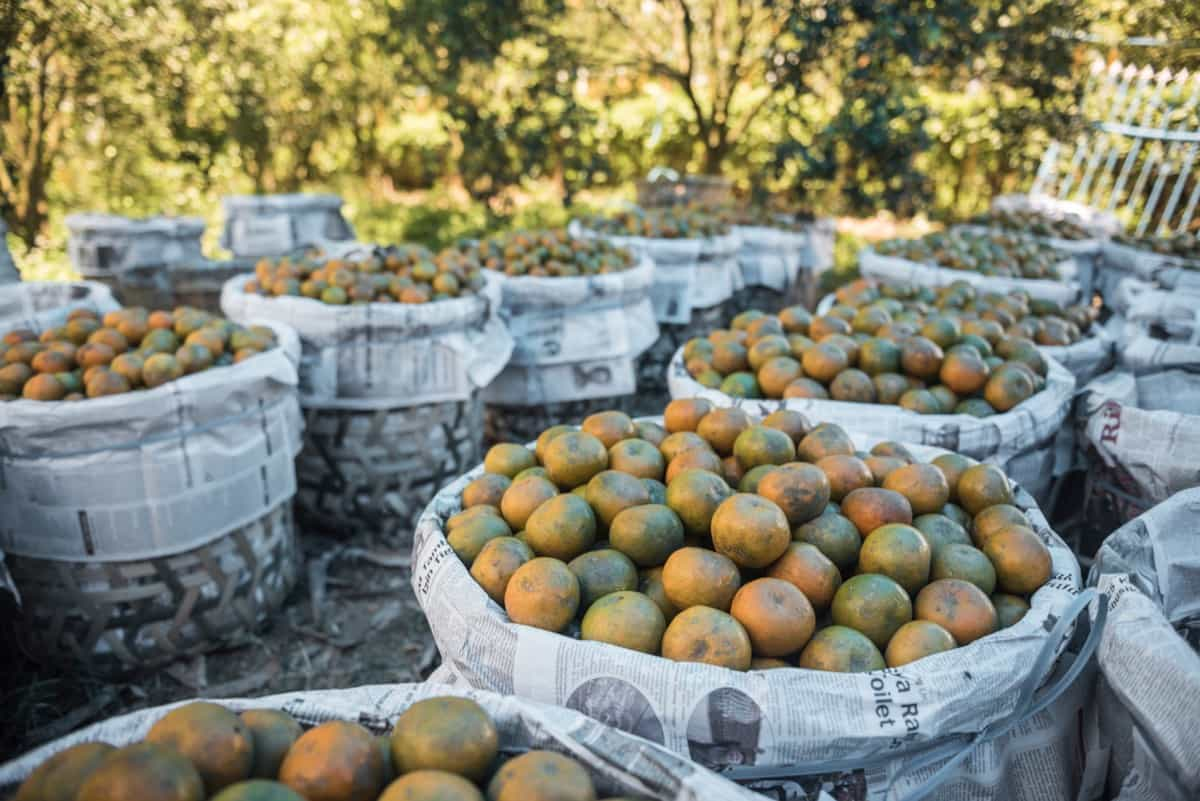
Citrus’ Challenges
To meet global trade demand for citrus, packinghouses in the industry often use a chemical called TPZ for post-harvest treatment of fruit. This helps manage post-harvest loss and post-harvest changes in fruit to extend shelf life. Without these treatments, citrus fruits are vulnerable to various post-harvest diseases like blue mold, green mold, sour rot, etc. These pathogen-borne post-harvest diseases of fruits cause widespread economic loss in the citrus industry.
TPZ and synthetic fungicides are used in post-harvest storage of fruits to reduce moisture loss and remove pathogens. TPZ is considered a pesticide, and while it coats and protects the fruit to reduce post-harvest loss, it can be toxic to humans and the environment. The industry has been working to replace this chemical for many years. Many non-chemical treatments have been explored to reduce post-harvest disease in fruits caused by pathogens. However, no ideal solution to keep fruit firm without toxic chemicals has been found.
In case you missed it: Citrus Farming in India: Citrus Fruit Cultivation Cost, Profit, and Production by State
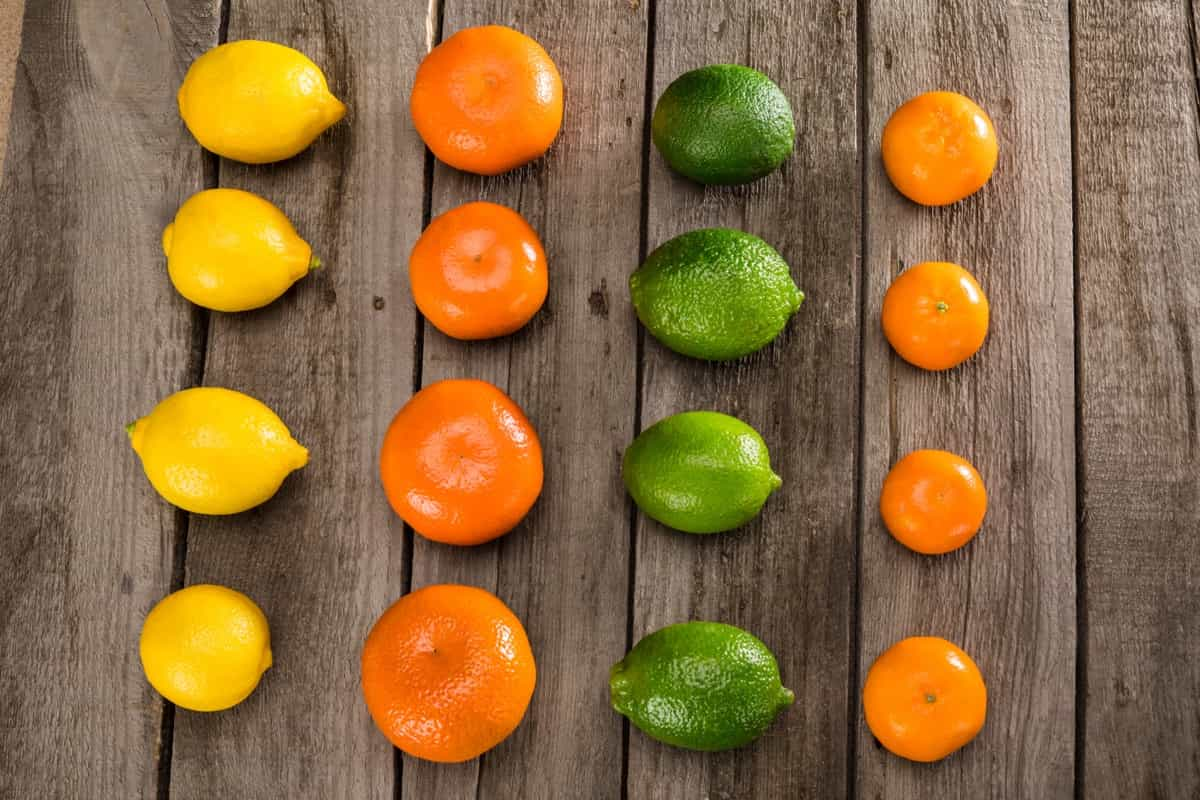
Sustainability Drives Safe Innovation
FruitMag™ represents an innovative solution in the citrus industry. It offers a natural and sustainable method to reduce post-harvest loss across various citrus varieties. As a firming agent that prevents moisture loss, its food-grade formulation of magnesia, sourced from natural minerals, demonstrates a commitment to environmentally friendly practices.
This solution effectively combats pathogens like Penicillium digitatum and Geotrichum candidum, providing a superior alternative to conventional treatments. It ensures fruit preservation without reliance on toxic materials. FruitMag™ underscores a shift towards sustainability in fruit preservation, replacing hazardous substances with a non-toxic, mineral-based approach.
In case you missed it: Best 20 Lemon Varieties: Sweet, Large, and Rare High Yield Cultivars
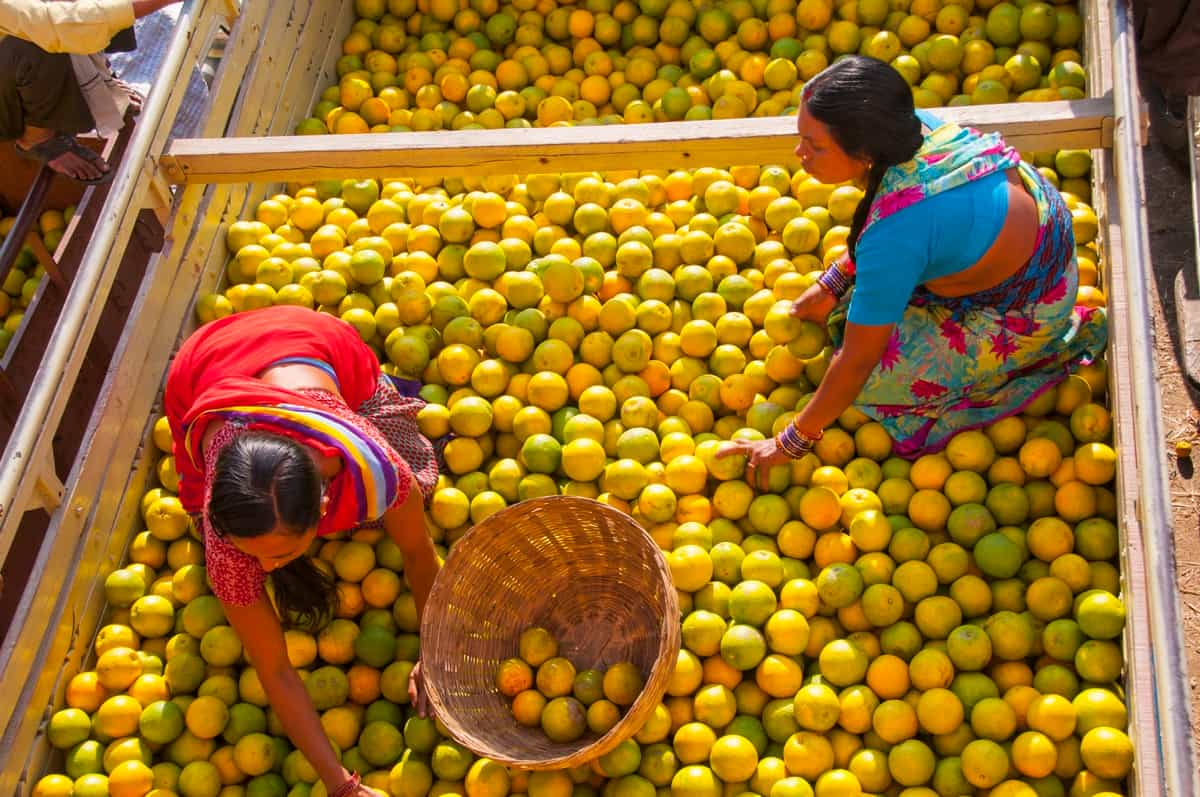
This advancement not only enhances the shelf life of citrus fruits but also aligns with the industry’s growing emphasis on safe, sustainable practices. By offering a fungicide-free solution that outperforms traditional methods, FruitMag™ is setting a new standard in post-harvest treatment, marking a significant step forward in achieving a healthier, more sustainable future for food preservation.
- Types of Pesticides Used in Agriculture: A Beginner’s Guide
- Economical Aquaculture: A Guide to Low-Budget Fish Farming
- 15 Common Planting Errors That Can Doom Your Fruit Trees
- How to Make Houseplants Bushy: Effective Tips and Ideas
- Innovative Strategies for Boosting Coconut Pollination and Yield
- Pollination Strategies for Maximum Pumpkin Yield
- The Complete Guide to Chicken Fattening: Strategies for Maximum Growth
- Natural Solutions for Tulip Problems: 100% Effective Remedies for Leaf and Bulb-Related Issues
- Revolutionizing Citrus Preservation: Towards a Healthier, Greener Future
- Natural Solutions for Peony Leaf and Flower Problems: 100% Effective Remedies
- Maximizing Profits with Avocado Contract Farming in India: A Comprehensive Guide
- Natural Solutions for Hydrangea Problems: 100% Effective Remedies for Leaf and Flowers
- The Ultimate Guide to Choosing the Perfect Foliage Friend: Bringing Life Indoors
- From Sunlight to Sustainability: 15 Ways to Use Solar Technology in Agriculture
- The Ultimate Guide to Dong Tao Chicken: Exploring from History to Raising
- The Eco-Friendly Makeover: How to Convert Your Unused Swimming Pool into a Fish Pond
- Mastering the Art of Delaware Chicken Farming: Essentials for Healthy Backyard Flocks
- 20 Best Homemade Fertilizers for Money Plant: DIY Recipes and Application Methods
- How to Craft a Comprehensive Free-Range Chicken Farming Business Plan
- Brighten Your Flock: Raising Easter Egger Chickens for Beauty and Bounty
- How to Optimize Your Poultry Egg Farm Business Plan with These Strategies
- Subsidy for Spirulina Cultivation: How Indian Government Schemes Encouraging Spirulina Farmers
- Ultimate Guide to Raising Dominique Chickens: Breeding, Feeding, Egg-Production, and Care
- Mastering the Art of Raising Jersey Giant Chickens: Care, Feeding, and More
- Ultimate Guide to Raising Legbar Chickens: Breeding, Farming Practices, Diet, Egg-Production
- How to Raise Welsummer Chickens: A Comprehensive Guide for Beginners
- How to Protect Indoor Plants in Winter: A Comprehensive Guide
- Ultimate Guide to Grow Bag Gardening: Tips, Tricks, and Planting Ideas for Urban Gardeners
- Guide to Lotus Cultivation: How to Propagate, Plant, Grow, Care, Cost, and Profit
- Agriculture Drone Subsidy Scheme: Government Kisan Subsidy, License, and How to Apply Online
- Ultimate Guide to Raising Araucana Chickens: Breed Profile, Farming Economics, Diet, and Care
- Bringing Hydroponics to Classroom: Importance, Benefits of Learning for School Students
- Ultimate Guide to Raising Polish Chickens: Breed Profile, Farming Economics, Diet, and Care
- Ultimate Guide to Raising Australorp Chickens: Profile, Farming Economics, Egg Production, Diet, and Care
- Silkie Chicken Farming: Raising Practices, Varieties, Egg Production, Diet, and Care
- Sussex Chicken Farming: Raising Practices, Varieties, Egg Production, Diet and Care